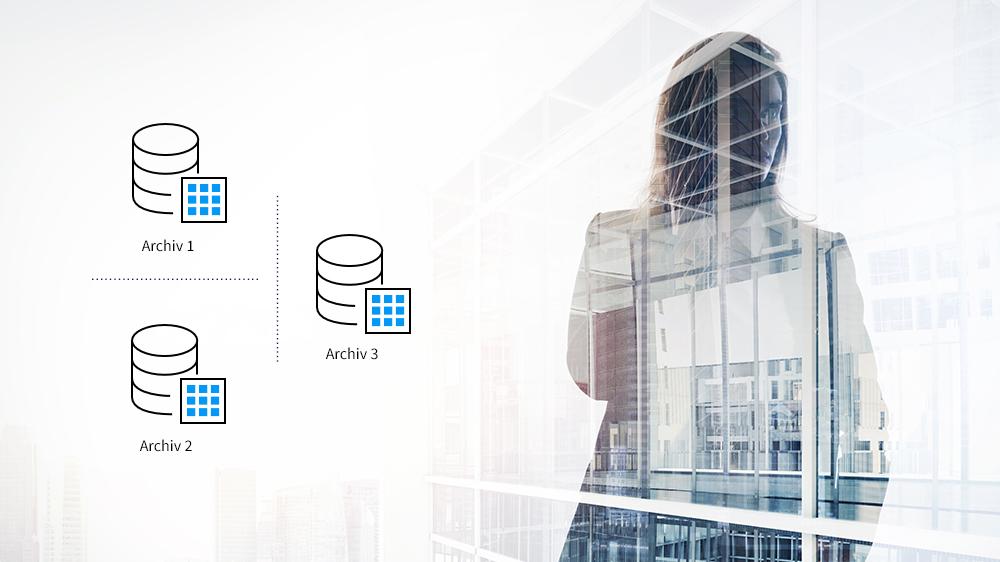Digitization of Data Means Standardization
As digital transformation efforts continue to grow within organizations around the globe, one particular area getting a lot of attention is Customer Communication Management (CCM). CCM is the process of managing customer communications across a wide range of media. In organizations that have been around for a while, there are troves of data in various formats and systems. Making that data accessible or usable, usually through data conversion, is critical in document and output management. Considering all the hype surrounding this topic, you would think we would be awash in success stories. But nothing could be further from the truth. It starts with a basic understanding of how digitization really works. Many companies believe that capturing incoming documents electronically lays the necessary foundation for a digital transformation. Their motto? "Just a little scanning, no problem!"
But one thing is clear: creating an image of email and attachments destroys information. You can't extract metadata from a "dead" image format, and it's the metadata you need for automatic downstream processing.
But that is just one aspect. Strictly speaking, many companies simply do not have the technological foundation to digitally transform their document processing. As a company, how do I automate my processes from end to end, from incoming to outgoing communications, without a central control instance? So much for the data.






